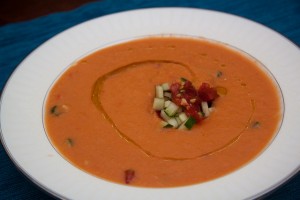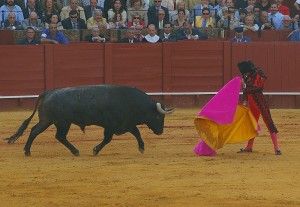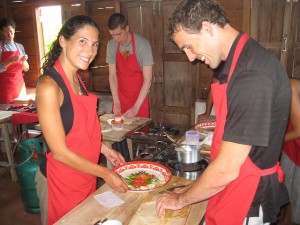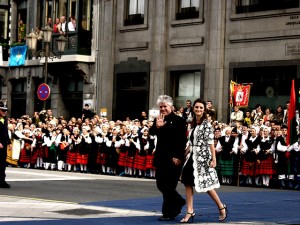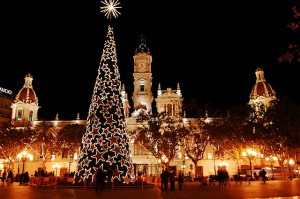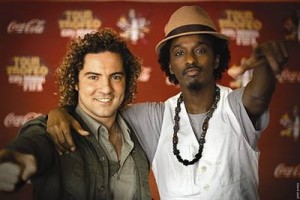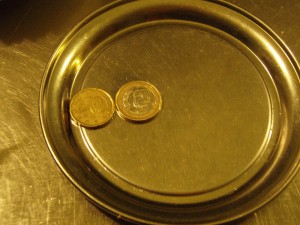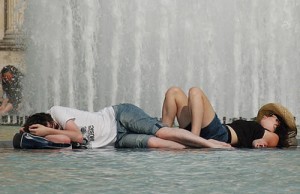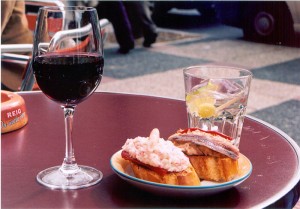When we talk about Spanish gastronomy we all think about the paella, the tortilla de patatas and the jamón (ham), but there is another traditional dish from the Spanish food, internationally known: the gazpacho. A sort of cold soup made with a mixture of vegetables (cucumber, tomato and pepper), and with old bread, olive oil, salt, garlic and vinegar. Students from the Spanish schools in Spain usually love it.
There are different varieties for this dish but the most famous one is the one named gazpacho andaluz, as it is from Andalusia and it is most consumed over there. It is one of the tourists’ favourite dishes in the south of Spain, mainly for its great flavour and for its ingredients from the Mediterranean cuisine.








